Skip to content
Track-TILLr-Manual-125-026-01

5 TT TRACK TILLr® Operator’s Manual
 SAFETY INFORMATION
SAFETY INFORMATION
Farm Safety
How You Can Improve Farm Safety
Health and Safety Hazards on Farms
Health and Safety Hazards
Danger
Potential Effect or Injury
Prevention
Danger
Potential Effect or Injury
Prevention
1
Chemicals/Pesticides
Skin and respiratory injury or death
MSDS and proper Personal Protective Equipment. Review Manufacturers data sheets
2
Cold
Illness, Frostbite or death
Dress properly for the day.
3
Dust
Respiratory injury or explosive combinations
Be aware of your surroundings and activity
4
Electricity
Shock, burns, fire, death
Use a qualified professional for wiring dangerous electrical devices. Never overload a circuit. Replace damaged electrical devices or cords. Electrical tape will not insulate you from injury.
5
Grain bins, Silos
Entrapment, Suffocation, Explosion from formation of dangerous gases and poisoning.
Make sure the bin is properly ventilated and maintained. Never walk the grain.
6
Hand tools
Injury including cuts abrasions, electrocution, strains, sprains and death
Make sure you hand tools are in good condition. Never leave a damaged tooling accessible for someone
else to use.
7
Highway traffic
Collisions resulting in injury or death
Follow regulations, stay alert. Avoid alcohol and use of communication devices while driving.
8
Lifting & lifting devices
Back injury, sprains, strains. Falling material resulting in being struck or crushed by heavy material
Use proper lifting technique. Get help when the load is too heavy. Inspect chains, straps or cables routinely
to make sure they are in good condition.
9
Livestock handling
Serious injury or death resulting from being pinned struck or trampled.
Always make sure you have adequate room and an escape route.
10
Machinery/Equipment
Cuts, abrasions, amputations, death.
Thoroughly read and understand your Owners Equipment Manual. Never operate the equipment without
guards in place. Make sure the equipment can not be energized or otherwise put into operation while you
are working on it.
11
Manure pits
Explosion from formation of dangerous gases. Suffocation. Poisoning.
Proper maintenance.
12
Mud
Sprains, strains, entrapment and suffocation. Eye injury and skin irritation.
Proper Personal Protective Equipment. In some conditions a “Spotter” may be needed.
13
Noise
Hearing damage
Personal Protective Equipment.
14
Ponds
Drowning
Wear a life preserver and make sure help is readily available.
15
Slips/Trips/Falls
Sprains, strains, back and neck injury, bone breaks or death
Keep work area free from clutter and organized. If working on anything elevated make sure you have
appropriate guarding and/or fall protection such as a harness and lanyard.
16
Sun/Heat
Sun burn, Heat Stroke, shock, death
Use common sense on excessively hot days, use sun screen, wear a hat and stay hydrated.
17
Toxic gases
Skin and respiratory injury or death. Explosion.
MSDS and proper Personal Protective Equipment. Review Manufacturers data sheets.
18
Tractors
Cuts, abrasions, amputations, death.
Thoroughly read and understand your Owners Equipment Manual. Never operate the equipment without
guards in place. Anti-roll over devices.
19
Wells
Electrocution, amputation, death.
Avoid contact with water while working on an electrical device. Always be sure the equipment can/will not
be energized during repair or maintenance. Make sure all guarding is in place.
20
Sever weather
Electrocution, “struck by” injuries, death
Move to a safe place. Lightening, hail and tornadoes are unpredictable.
There are no rows in this table
High Risk Factors on Farms
The Benefits of Improved Safety and Health Practices
FOR YOUR PROTECTION

EQUIPMENT SAFETY GUIDELINES
SAFETY ALERT SYMBOL

Hazard control and accident prevention are dependent upon the safety awareness and proper training of personnel involved in the operation of this implement.
BE AWARE OF SIGNAL WORDS
DANGER

DANGER indicates a hazardous situation that, if not avoided, will result in death or serious injury. DANGER is limited to extreme situations, typically for machine components which for functional purposes, cannot be guarded.
WARNING

WARNING indicates a potentially hazardous situation that, if not avoided, could result in death or serious injury. WARNING includes hazards that are exposed when safety guards are removed. Warning may also be used to alert against unsafe practices.
CAUTION

CAUTION indicates a potentially hazardous situation that, if not avoided, may result in minor or moderate injury. CAUTION may also be used to alert against unsafe practices.
SHUTDOWN AND STORAGE


SAFE TRANSPORT



WARNING AND SAFETY LIGHTS

SAFE OPERATION
Safe Operation Guidelines
Icon
Guideline
Description
Icon
Guideline
Description
1
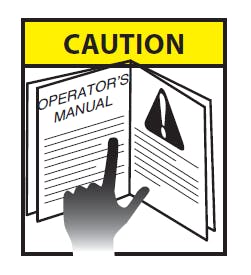
READ AND UNDERSTAND THE ENTIRE CONTENT OF THIS MANUAL BEFORE OPERATING OR SERVICING IMPLEMENT.
Implement is to be operated by qualified personnel only. Never let children operate
implement. A complete understanding of safety precautions, operation, and maintenance
is mandatory before implement use.
2

AVOID ELECTROCUTION.
Be aware of overhead power lines. Contact or close proximity to power lines can result in injury or death. Use extreme care when operating implement near power lines.
3
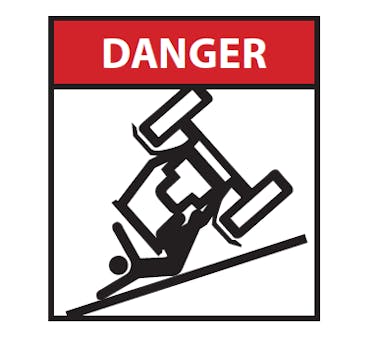
AVOID ROLLOVER.
Do not fold or unfold implement and avoid sharp turns when on a hillside, as shift of weight could cause rollover. Operate implement at a safe distance from terrain irregularities and other obstructions that could cause rollover.
4

AVOID CRUSHING.
Make sure all personnel are clear of implement at all times implement is in motion. Be aware of obstructions above, below, and around implement when in operation or transport. Injury or death can result from being struck by the implement.
5
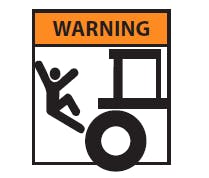
NEVER ALLOW RIDERS ON TRACTOR OR IMPLEMENT.
Riders hinder operator visibility and can be thrown from the implement and/or be struck by foreign objects resulting in injury or death.
6
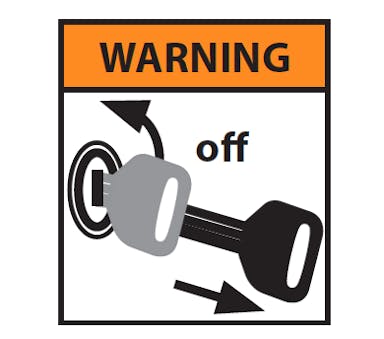
PRACTICE SAFE MAINTENANCE
Proper maintenance is your responsibility. Maintenance neglect and/or poor maintenance practices can result in injury or death. Always use the proper tools to maintain implement.
AVOID CRUSHING. Make sure all personnel are clear of the implement. Lower implement to the ground, place tractor in park, turn off engine, and remove key.
7
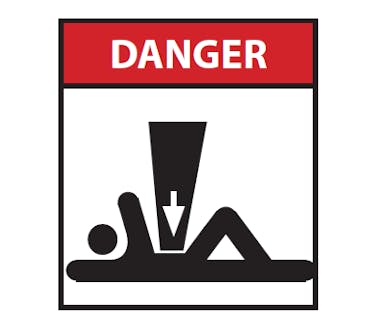
USE BAR STANDS AND CYLINDER STOPS TO SUPPORT THE IMPLEMENT.
Store implement on a clean, dry, and level surface. An uneven surface could cause implement to shift or fall, resulting in injury or death, as well as implement damage. Securely support all implement components that must be raised. Store implement away from human activity.
8
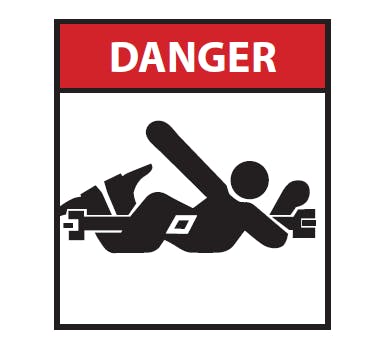
AVOID ENTANGLEMENT.
Never lubricate or service implement in motion. Keep away from power driven parts when in motion. Disengage power sources prior to maintaining implement. Injury or death can result from contact with power driven parts when in motion.
9
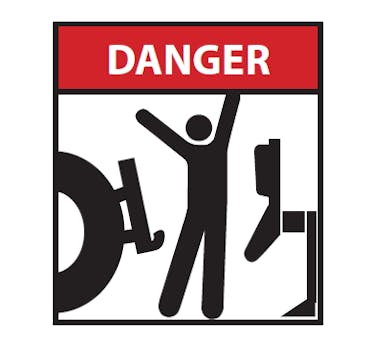
AVOID CRUSHING.
Do not stand between the tractor and implement when connecting or disconnecting implement. Injury or death can result from being trapped between the tractor and implement.
10

AVOID PRESSURIZED HYDRAULIC FLUID.
Escaping pressurized hydraulic fluid can penetrate skin, resulting in injury or death. Relieve hydraulic system pressure before connecting or disconnecting tractor. Use cardboard or wood, NOT BODY PARTS, to check for suspected hydraulic leaks. Wear protective gloves and safety glasses or goggles when working with hydraulic systems. If an accident occurs, see a doctor immediately for proper treatment.
11
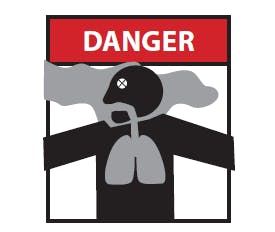
AVOID EXHAUST FUMES.
Never operate a combustion engine in an enclosed area. Make sure there is adequate ventilation. Exhaust fumes can cause asphyxiation.
12

SERVICE TIRES SAFELY.
Tire and rim separation can result in serious injury or death. Do not over inflate tires. Only mount or dismount tires if you possess the proper equipment, otherwise contact a trained professional. Always maintain correct tire pressure. Inspect tires and wheels daily. Do not operate tires with inadequate pressure, cuts, visible damage, or missing hardware.
13
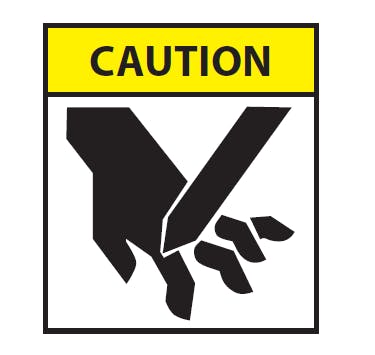
AVOID SHARP EDGES.
Be extremely careful working around unshielded sharp edges. Injury may result from contact with sharp edges.
14
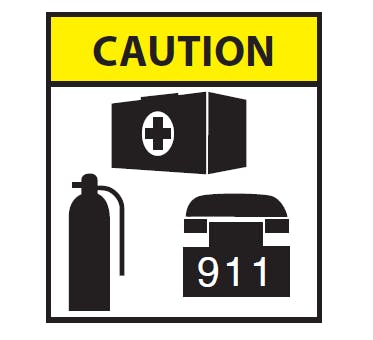
PREPARE FOR EMERGENCIES
15
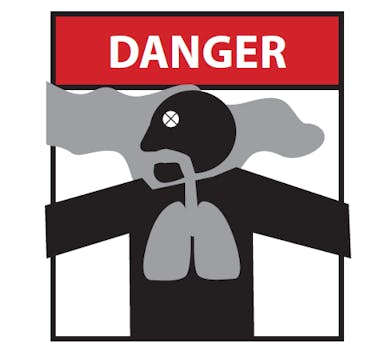
AVOID ANHYDROUS AMMONIA - NH3
LIQUID FERTILIZER
ANHYDROUS AMMONIA (NH3) AND LIQUID FERTILIZER APPEARS HARMLESS. DIRECT EXPOSURE TO NH3 OR LIQUID FERTILIZER IS EXTREMELY DANGEROUS AND CAN RESULT IN INJURY AND/OR DEATH.
16
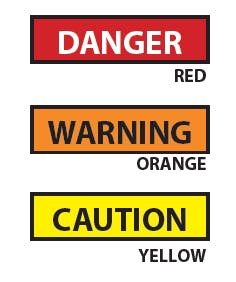
SAFETY DECALS
Safety decals promote awareness and knowledge concerning safe operation and maintenance of the implement.
Carefully READ ALL SAFETY DECALS in this manual as well as on the implement.
Keep implement clean so decals are easily visible. Keep all decals in good and legible condition. Immediately replace damaged and/or missing decals. Replacement decals are available from your Orthman dealer.
To install decals: Thoroughly clean area where decal is to be placed and attach decal void of
bubbles. Refer to this safety information section for proper decal placement.
There are no rows in this table
SAFETY DECALS

5 TT Track-TILLr Decals
Item
Decal number
Decal
Location
Decal image
Item
Decal number
Decal
Location
Decal image
1
1
153-173
Red retro-reflective
Rear of machine, end of disc gang frame

2
2
153-478
TRACK TILLr logo
Rear of machine

3
3
153-172
Amber retro-reflective
Front of machine, end of disc gang frame

4
4
153-173
Red retro-reflective
SMV sign
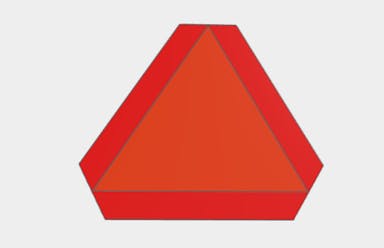
5
5
153-430
Orthman logo
Both sides of machine

6
6
153-101
Manual enclosure
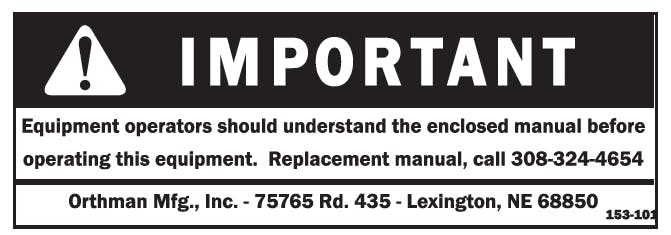
7
7
153-469
5 TT logo
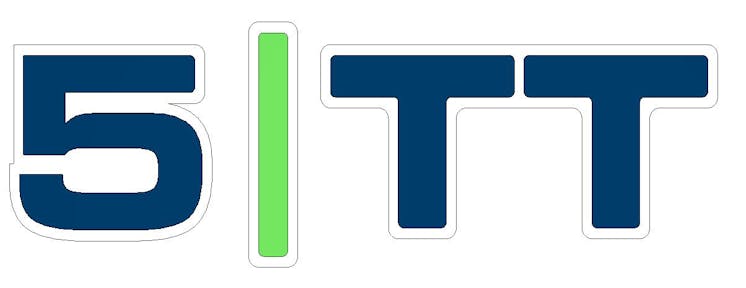
8
8
153-011
Orthman serial tag
3-Point center mast plates
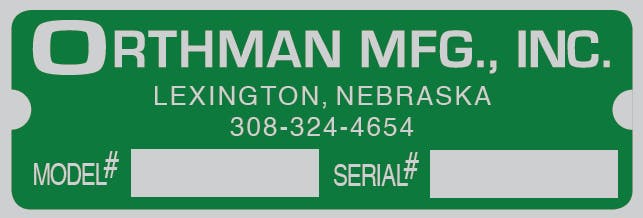
9
9
153-044
Caution label
End of disc-gang frame
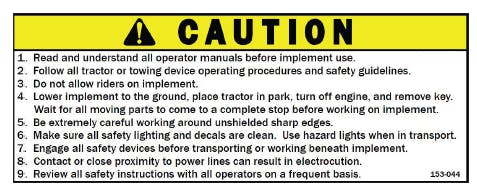
There are no rows in this table
Want to print your doc?
This is not the way.
This is not the way.

Try clicking the ⋯ next to your doc name or using a keyboard shortcut (
CtrlP
) instead.